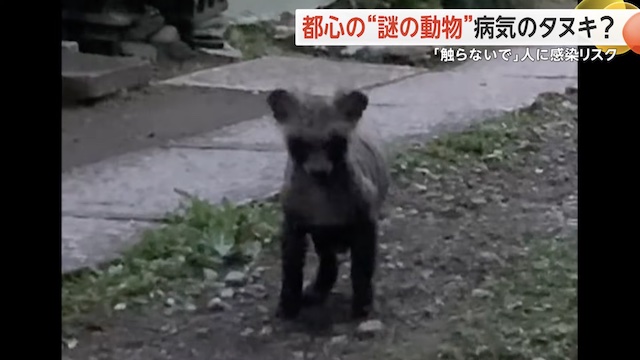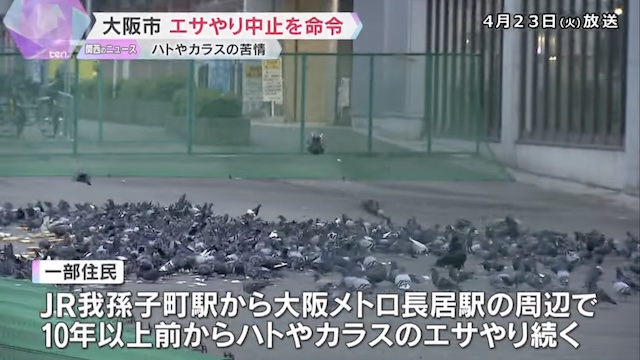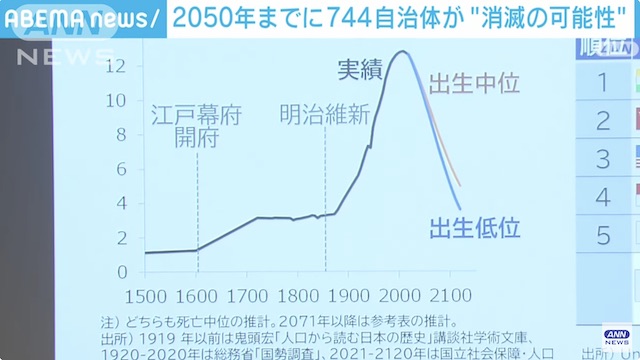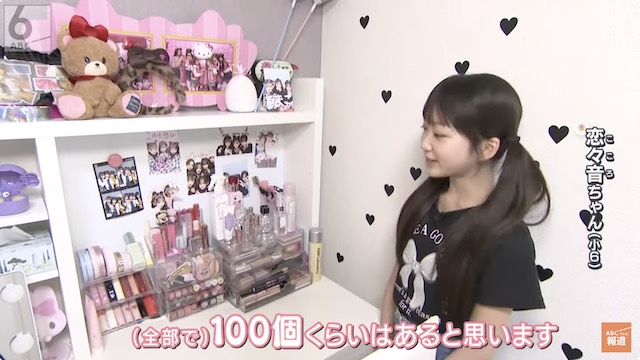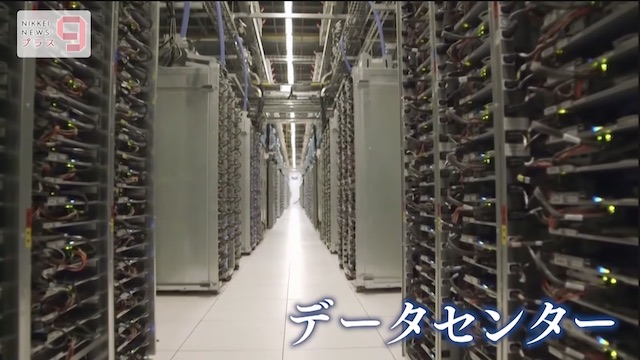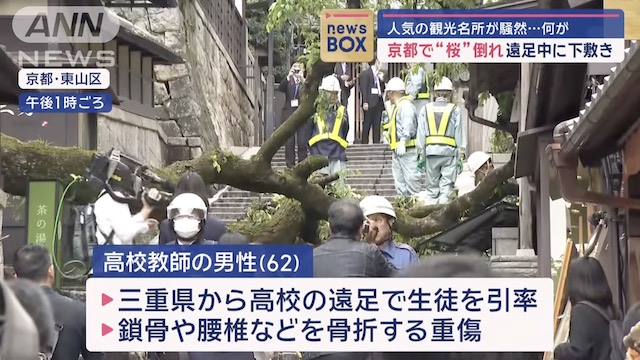Jan 20 (CNN) - During Japan's Sengoku "Warring States" era (1467-1615), castles were constructed, bolstered and fortified all across the Japanese archipelago, resulting in approximately 5,000 individual keeps.
Though many were razed at the behest of the Tokugawa Shogunate during the Edo period (1603-1868) and subsequently following the Meiji Restoration of 1868, when power was restored to the emperor, over a hundred remain throughout the country today.
Here are some of Japan's best castles that you can still visit.
Hirosaki Castle
Surmounting a hill in Aomori prefecture, in the heart of Japan's deep north, sits Hirosaki Castle; a tiered keep surrounded by yaruga (turrets) and fortified moats.
With construction finishing in 1611, the castle was built as Japan was entering a prolonged period of peace under the Tokugawa Shogunate, and as such, never bore the brunt of siege or invasion.
The original five-story tenshu (main keep) was destroyed, however, after it was struck by lightning in 1627, being replaced in the early 19th-century by the three-story structure visible today.
Alongside the striking feudal architecture, spring sakura (cherry blossom) season is a major draw for travelers to Hirosaki Castle. More than 2,600 sakura tress dot the castle gardens, scattering their petals on the across the adjacent lawns and moats every spring.
Shuri-jo Castle
Elevated above Naha City and surrounded by brooding, fortified walls, Okinawa's Shuri-jo Castle is emblematic of the gusuku castle style of the old Ryukyu Kingdom (the former name of Okinawa).
Its construction defies the architectural blueprint of castles seen elsewhere in Japan, with a royal wooden citadel of rich vermillion, emblazoned with dragons and Chinese iconography -- which hint at Okinawa's pre-nation-state influences.
When Shuri-jo was first constructed in the 14th century, it was the seat of power in the Ryukyu Kingdom until Japan annexed the Okinawa islands in 1879. Before it was neglected under imperial rule, it served as the kingdom's center of diplomacy, governance and spirituality for centuries.
Though it was restored and ultimately designated a UNESCO World Heritage site, Shuri Castle was tragically destroyed in a large fire in 2019. Reconstruction is currently underway with a view to faithfully restoring the main buildings once more by 2026.do Castle
Edo Castle, bearing the former name of Tokyo, has one of the longest lineages of all Japan's castles. A fortified palace was first erected on the site during the Heian period (794-1185). The samurai Ota Dokan then designed a fortress to replace the palace in 1457, before influential daimyo (feudal lord) Tokugawa Ieyasu subsumed control in the late 16th century.
This acted as the catalyst for sweeping architectural renovations and massive urban expansion, turning Edo from a small, fortified village to the defacto capital of the nation, embodied by the grand castle at its center point.
Edo Castle was huge in its prime, surrounded by a 15-kilometer outer moat crossed by over 30 gates and bridges.
Remnants of the original structures can be found throughout Tokyo, though the Imperial Palace, home of the current emperor, is the best place to get a sense of its former glory. Sections of the grounds are off limits, but the pristine Imperial Palace East Gardens are open to the strolling public.
Matsumoto Castle
Constructed in the 16th century at the behest of Japan's "Great Unifier," Toyotomi Hideyoshi, the black-walled Matusmoto Castle juxtaposes against the snow-crowned Northern Alps encircling Matsumoto City.
Also known as Karasu-jo (the Crow Castle), it was largely spared destruction and retains one of the nation's oldest extant keeps.
Matsumoto Castle exhibits the architecture of both war and peace, from its steep wooden stairs, hidden inner levels and archer's perches to the moon-viewing room added in 1630, which also offers a vantage point for viewing the brocaded carps and ducks residing in the castle moat.
On winter nights the castle hosts an illumination event, throwing its glowing reflection across the moat's surface.
...continue reading

